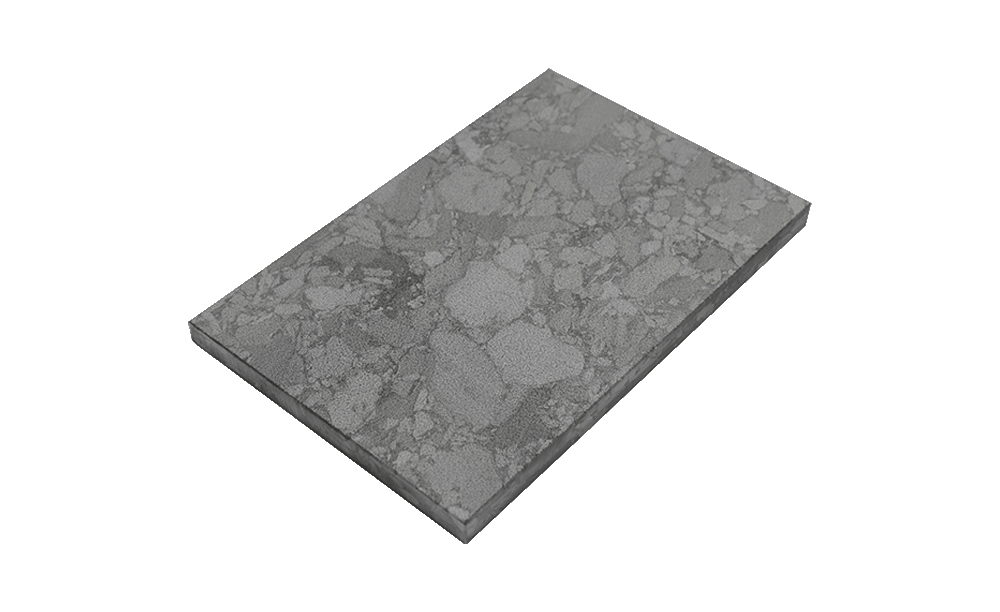Granite has long been praised as one of the most elegant and durable natural stones used in home and commercial flooring. Its natural beauty, hardness, and prestige make it a soughtafter choice for kitchens, bathrooms, and entryways. But while granite floor tiles offer undeniable aesthetic appeal and strength, they are not without drawbacks.
If you’re considering granite as a flooring option, it’s crucial to weigh both the pros and cons. In this article, we’ll focus on the disadvantages of granite floor tiles to give you a clear, realistic picture. Whether you're a homeowner, interior designer, or builder, understanding the potential downsides of granite flooring can help you make a more informed decision.
1. High Cost Compared to Other Flooring Materials
One of the most notable disadvantages of granite floor tiles is their high price tag. Granite is a natural stone that must be quarried, transported, cut, and polished—each step adding to its cost. In comparison to ceramic, porcelain, or even engineered wood, granite tiles are significantly more expensive.
Beyond just the material cost, installation of granite flooring also requires professional expertise due to the stone's weight and hardness. This drives up labor costs, making granite a premium flooring choice that may not fit every budget.
2. Cold and Hard Surface Underfoot
Granite’s solid, dense structure makes it a highly durable material, but that same hardness can also be a disadvantage in everyday living. Granite floor tiles tend to be cold and hard underfoot, especially in colder climates or seasons. Unlike wood or vinyl, granite does not retain warmth or provide cushioning.
This can be uncomfortable to walk on barefoot, particularly in homes with young children or elderly residents. Without underfloor heating, granite can create an unwelcoming atmosphere in colder rooms.

3. Difficult and Costly Installation
Installing granite tiles is a laborintensive process. Due to the stone’s weight and hardness, it requires special tools, proper surface preparation, and skilled installers. Any mistakes during installation—such as uneven surfaces or improper adhesives—can be costly to fix.
Additionally, the subfloor must be extremely flat and stable. If the subfloor is not properly prepared, granite tiles can crack over time due to uneven stress distribution.
4. Requires Sealing and Maintenance
Granite is a porous natural stone, meaning it can absorb liquids and stains if not properly sealed. To maintain its resistance to moisture and staining, granite floors must be sealed regularly, typically once a year.
Failure to seal granite flooring can lead to discoloration, especially in hightraffic areas or places exposed to moisture, oils, or acidic substances. This makes granite less practical for households that prefer lowmaintenance flooring options.
5. Slippery When Wet
Polished granite tiles have a smooth, glossy surface that looks luxurious but can be extremely slippery when wet. This presents a significant safety concern, particularly in bathrooms, kitchens, or entryways where water exposure is common.
Even though some finishes like honed or flamed granite offer better slip resistance, the risk still exists. For homes with children, elderly individuals, or pets, this could be a serious disadvantage.
6. Heavy Weight Limits Usage
Granite is one of the heaviest natural stones used in construction. While this weight contributes to its durability, it also limits where it can be used safely. Older buildings or upper floors with weak substructures may not be able to support the load of granite flooring.
Transporting granite tiles can also be cumbersome, requiring more resources and care during shipping and handling. For DIY enthusiasts, the sheer weight and brittleness during handling pose a major challenge.
7. Color Inconsistency and Limited Design Flexibility
Because granite is a natural material, no two tiles are exactly the same. While this uniqueness can be seen as a benefit, it also presents challenges in achieving a uniform look. Some homeowners may find the natural variation in color, veining, and texture distracting or hard to coordinate with other design elements.
In contrast, manmade materials like porcelain tiles offer more predictable color schemes and patterns, which are easier to match in large spaces.
8. Repair and Replacement Are Difficult
If a granite tile cracks or chips, repairing or replacing it is not easy. Matching a damaged tile to the existing floor can be difficult due to natural variation. Removing a single tile without disturbing adjacent ones requires professional tools and skill.
Additionally, replacement tiles from different batches may not match perfectly, resulting in visible inconsistencies on your floor. This can be frustrating for homeowners looking for a flawless finish.
9. Environmental Impact
While granite is a natural material, its environmental footprint is not negligible. Quarrying, transporting, and processing granite requires significant energy consumption and can result in habitat destruction. If sustainability is a concern for you, granite may not be the most ecofriendly flooring option.
Recycled materials, bamboo, or even engineered wood have much lower environmental impact compared to mined granite.
Final Thoughts
Granite floor tiles undoubtedly offer timeless elegance and unmatched durability, making them a popular choice in upscale homes and commercial spaces. However, they also come with a list of notable disadvantages—from high costs and cold surfaces to maintenance requirements and installation challenges.
Before investing in granite flooring, it’s essential to consider your lifestyle, budget, and longterm maintenance capabilities. While the look and feel of granite can transform a room, the drawbacks may outweigh the benefits for some homeowners.
If you desire a natural stone look with fewer disadvantages, you might consider alternatives like engineered stone, porcelain tiles, or luxury vinyl tiles that mimic granite's appearance but offer more flexibility and lower upkeep.



 English
English Français
Français عربى
عربى italiano
italiano









